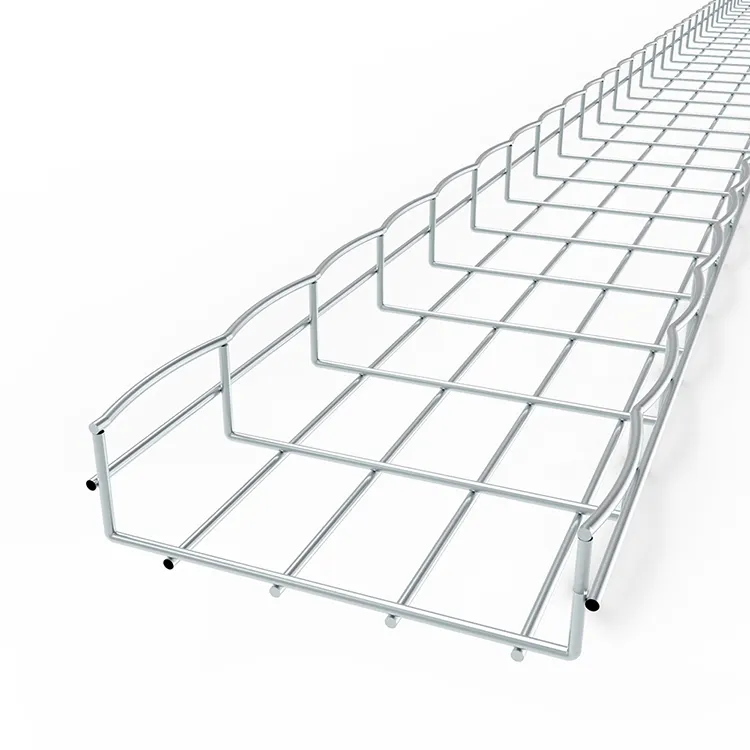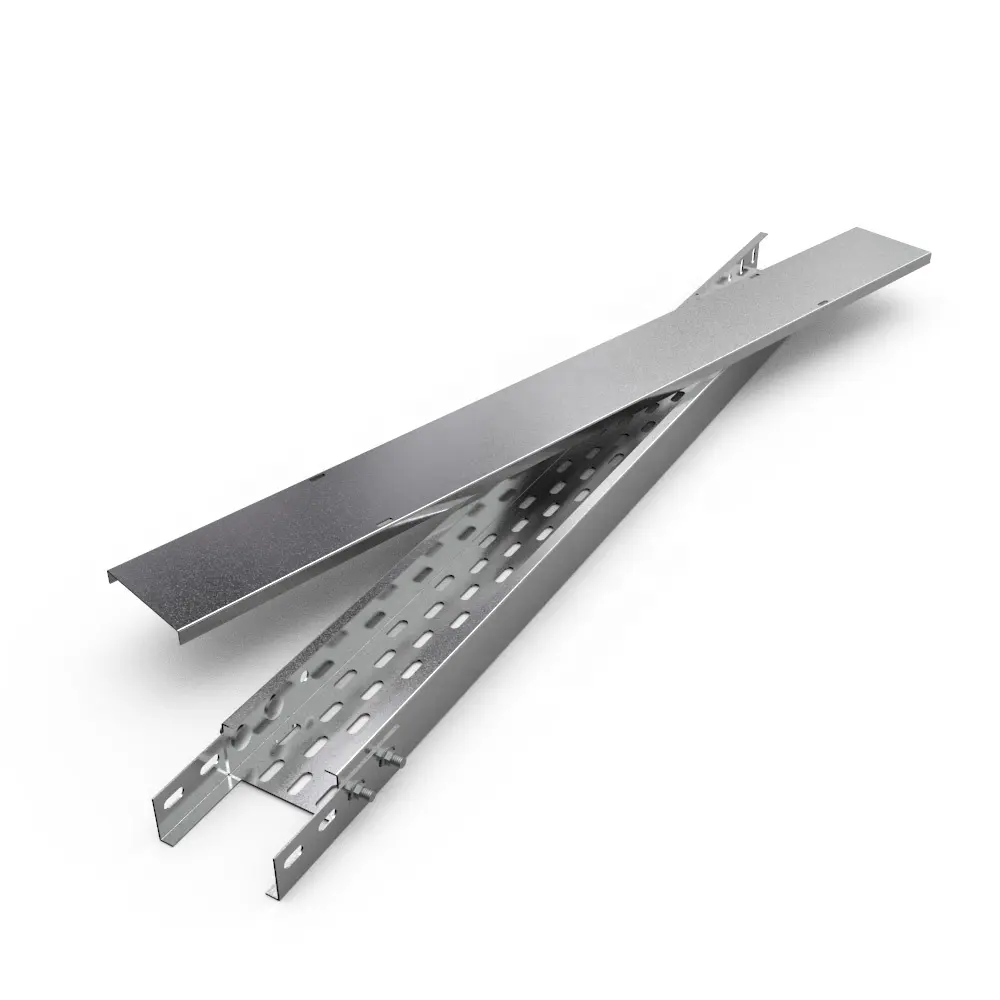Basket cable trays are an essential component of any electrical installation, providing a safe and organized means of managing cables and wires. With various types, materials, and designs available in the market, selecting the appropriate cable tray can be a daunting task. In this article, we will delve deeper into the key factors to consider when choosing the right basket cable tray for your specific requirements.
1. Determine the type of cables you need to manage
The first step in selecting a basket cable tray is to identify the type of cables you need to manage. Different cables have different sizes, weights, and insulation requirements, which can impact the type of cable tray you choose. For instance, if you are managing heavy power cables, you may need a stronger and more robust cable tray compared to managing lightweight communication cables.
Consider the following factors when determining the type of cables you need to manage:
– Cable size: Measure the diameter of the cables you need to manage to determine the required tray width and depth.
– Cable weight: Calculate the total weight of the cables to ensure that the cable tray has sufficient load capacity.
– Insulation requirements: Consider the insulation material and thickness of the cables to ensure that they do not come into contact with the tray or other cables.

2. Evaluate the environment and location
The environment and location where the cable tray will be installed also play a crucial role in determining the right type of cable tray. Factors such as temperature, humidity, and exposure to chemicals or corrosive substances can affect the material and finish of the cable tray.
Consider the following factors when evaluating the environment and location:
– Temperature: Choose a cable tray that can withstand the operating temperature range of your facility.
– Humidity: If the cable tray will be installed in a humid environment, choose a material that is resistant to corrosion and rust.
– Exposure to chemicals: If the cable tray will be exposed to chemicals or corrosive substances, choose a material that is resistant to chemical attack.
3. Assess the load capacity and spacing requirements
The load capacity and spacing requirements of the cable tray are essential factors to consider when choosing the right cable tray. The load capacity refers to the maximum weight the cable tray can support without bending or deforming, while the spacing requirements refer to the distance between the cables in the tray.
Consider the following factors when assessing the load capacity and spacing requirements:
– Load capacity: Ensure that the cable tray you choose has sufficient load capacity to handle the weight of your cables and any additional equipment that may be mounted on the tray.
– Spacing requirements: Choose a cable tray with adequate spacing to prevent overheating and maintain proper airflow around the cables. Follow the National Electrical Code (NEC) guidelines for cable spacing to ensure compliance with safety standards.
4. Choose the appropriate material
Basket cable trays are available in various materials, including steel, aluminum, and fiber-reinforced plastic (FRP). Each material has its advantages and disadvantages, depending on the application and environment.
Consider the following factors when choosing the appropriate material:
– Steel cable trays: Steel cable trays are durable and offer high strength, making them ideal for heavy-duty applications. They are also resistant to fire and impact damage. However, they are susceptible to rust and corrosion in humid or corrosive environments.
– Aluminum cable trays: Aluminum cable trays are lightweight and corrosion-resistant, making them suitable for outdoor installations. They are also easy to install and modify. However, they have a lower load capacity compared to steel cable trays.
– FRP cable trays: FRP cable trays are non-conductive and resistant to chemicals, making them ideal for hazardous environments. They are also lightweight and corrosion-resistant. However, they have a higher cost compared to steel and aluminum cable trays.
5. Consider the installation and maintenance requirements
Finally, consider the installation and maintenance requirements of the cable tray. Choose a cable tray that is easy to install and requires minimal maintenance. Look for features such as modular design, pre-drilled holes, and easy access points that facilitate installation and maintenance.

Consider the following factors when considering the installation and maintenance requirements:
– Installation: Choose a cable tray that is easy to install and does not require specialized tools or equipment. Modular designs and pre-drilled holes can save time and reduce installation costs.
– Maintenance: Choose a cable tray that is easy to inspect and maintain. Easy access points and removable covers can simplify maintenance tasks and reduce downtime.
In conclusion, choosing the right basket cable tray for your needs involves careful consideration of various factors, including the type of cables, environment, load capacity, material, and installation and maintenance requirements. By taking these factors into account, you can select a cable tray that meets your specific needs and ensures efficient and safe cable management in your facility. Consult with a professional electrician or cable management expert to help you make an informed decision based on your specific requirements and budget.

